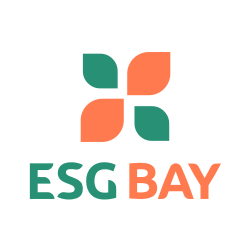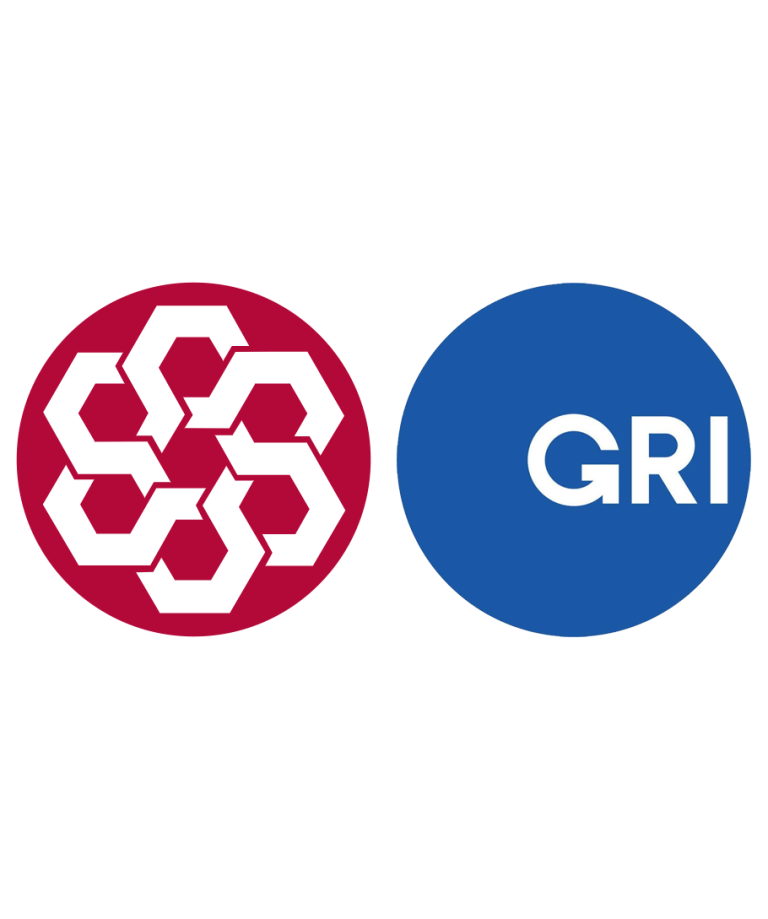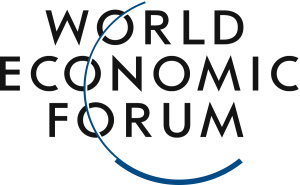
Today businesses face pressure from increasing number of regulatory requirements asking for ESG related disclosures. Under such pressure and with limited resources it is important for the companies to focus on most impactful metrics and factors.
Materiality in ESG enables companies to establish which issues are the most relevant (material) to them. This is usually done in a process of materiality assessment.
The concept behind double materiality is to put an equal emphasis on how the organisation is impacting the environment and society to how sustainability factors impact an organisation.
What Is a Materiality Assessment?
A materiality assessment is a process of identifying most critical (material) ESG issues conducted with the involvement of all internal and external stakeholders. The concept is to assess organisation’s operations to find its most important impacts and present it in a materiality matrix, prioritising the issues, based on probability and importance.
Why Is Materiality Important?
Conducting a materiality assessment is essential to identify the most important impacts for the stakeholders, so that the organisation can prioritise which of these factors to focus their resources on. It helps business to build their own sustainability story, plan actions to reduce and mitigate their impacts and provides an insight for the investors how risky the business is and how well the organisation is being managed.
How to Conduct a Materiality Assessment?
Following these five steps can help businesses to determine which items should be considered material and most impactful to their stakeholders:
- Identify stakeholders (anyone or anything who is affected by your actions and operations). Include both, internal and external stakeholders.
- Create a stakeholder engagement methodology outlining steps on how your organisation will interacts with its stakeholders.
- Identify your Material Topics by conducting an initial assessment and list your impacts.
- Prepare and launch a survey of stakeholders on material topics to determine which material topic are relevant to your stakeholders.
- Collect survey data and begin analysis, inputting your results into the matrix.
After compiling the results, focus on actions which could be taken to reduce the negative impacts and maximize the positive outcomes. Be mindful that nowadays there is much more emphasis on organisations to undertake actions on reducing their negative impacts on the world, focusing their resources on the areas that will have the greatest impact.











